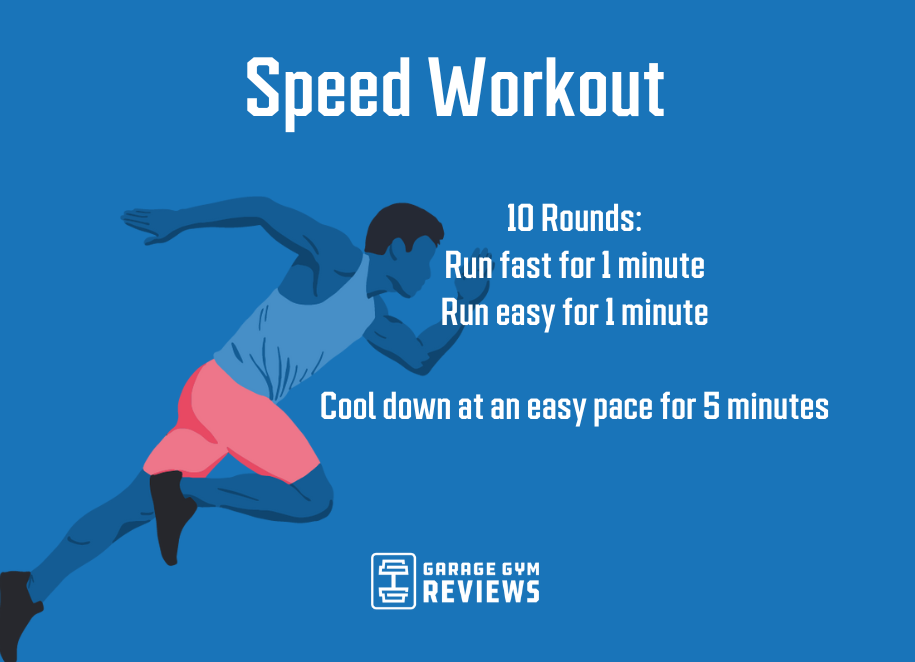Control Your Runs: Proven Strategies for Effective Running Workout
Control Your Runs: Proven Strategies for Effective Running Workout
Blog Article
Getting Over Pain in Running: Techniques and Strategies That Job
Discomfort is a common companion for lots of runners, commonly working as an obstacle to achieving their preferred objectives. However, with the appropriate approaches and techniques, it is possible to get over and also avoid the pain related to running. By checking out different strategies such as understanding the various sorts of running discomfort, maximizing footwear and form, including cross-training and toughness workouts, applying efficient healing approaches, and keeping appropriate nutrition and hydration, runners can potentially alleviate their discomfort and boost their general running experience.
Understanding Various Sorts Of Running Pain

Another type of running discomfort is joint discomfort, which can show up as a sharp or achy discomfort in areas such as the knees, hips, or ankles (running strategy). Joint pain may be brought on by aspects like incorrect running type, overuse, or underlying conditions like arthritis (click for more info). It is necessary to set apart in between muscle pain and joint discomfort, as the latter might call for clinical attention to avoid further injury
Understanding the different types of running discomfort is essential for reliable monitoring and avoidance strategies to ensure a risk-free and enjoyable running experience.
Proper Footwear and Running Type
To enhance efficiency and minimize the threat of running-related injuries, choosing ideal shoes and preserving proper running form are important parts for runners of all degrees. It is recommended to select running footwear that are particularly designed for the person's foot kind, running stride, and the type of running activity they engage in.

Cross-Training and Toughness Exercises
Toughness workouts, like squats, lunges, and core exercises, play a crucial function in maintaining muscles and enhancing running efficiency. They can remedy muscular tissue inequalities, boost dexterity, and enhance power result, all of which are necessary for running efficiency.
Incorporating cross-training and stamina exercises into a running routine ought to be done purposefully. It is essential to permit adequate remainder between running sessions and cross-training activities to protect against overuse injuries. In addition, concentrating on proper type and strategy during toughness exercises is vital to optimizing their benefits and lowering the threat of injury. By including these components right into a running routine, runners can construct a stronger structure, boost performance, and take pleasure in a much more sustainable running experience.
Recuperation and Relax Methods
Having actually established the significance of cross-training and strength workouts in a comprehensive running routine, attention can now be routed towards Healing and Relax Strategies as essential components for optimizing efficiency and lowering the danger of injuries. (running strategy)
Recuperation after running is critical for muscle mass repair service and development. Strategies such as foam rolling, stretching, and massage therapy help in lowering muscular tissue discomfort and enhancing flexibility. Sufficient remainder in between runs permits the body to recuperate and adapt to the physical anxiety, avoiding overuse injuries.
Including energetic healing days into a training schedule, where low-intensity tasks like strolling or cycling are done, can improve blood circulation and promote healing without putting excess stress on the muscle mass. Furthermore, appropriate hydration and nutrition play a crucial role in the healing process by restoring lost fluids and nutrients.
Quality sleep is another vital element of healing that should not be neglected. Throughout sleep, the body undergoes repair and regeneration procedures, adding to overall physical and mental well-being. By focusing on recovery and rest techniques, joggers can maintain optimal performance levels and decrease the probability of experiencing pain or injuries.
Nutrition and Hydration for Runners
Just how can joggers enhance their performance with appropriate nutrition and hydration methods? Nutrition and hydration are essential aspects of a runner's training program, playing an important duty in efficiency, endurance, and recuperation. To enhance performance, runners should concentrate on taking in a healthy diet that consists of carbohydrates, healthy proteins, healthy and balanced fats, vitamins, and minerals. Carbs supply power for running, while proteins help in muscular tissue repair service and recovery. Healthy fats sustain total wellness and help in soaking up important helpful hints nutrients. Adequate hydration is additionally necessary to maintain optimal efficiency, as also moderate dehydration can negatively influence running performance. Joggers must consume alcohol water prior to, during, and after their go to stay hydrated. Electrolytes, such as salt and potassium, are additionally important for maintaining fluid balance and muscle function - running workout. Additionally, timing dishes and treats suitably prior to runs can assist stop gastrointestinal pain and supply the needed power for peak efficiency. By taking notice of their nutrition and hydration, joggers can enhance their endurance, quicken recuperation, and carry out at their finest.
Verdict
In final thought, by comprehending the different kinds of running pain, wearing appropriate shoes, keeping appropriate running kind, including cross-training and strength workouts, prioritizing recovery and rest, and concentrating on nourishment and hydration, runners can successfully overcome pain and boost their performance. Carrying out these strategies and strategies can assist runners protect against injuries, enhance their endurance, and eventually take pleasure in a more satisfying running experience.
Report this page